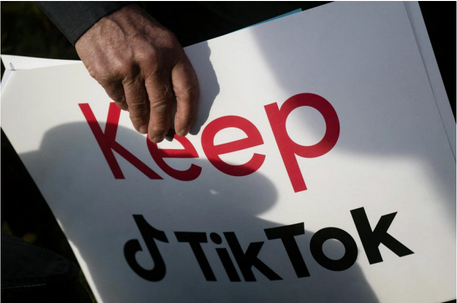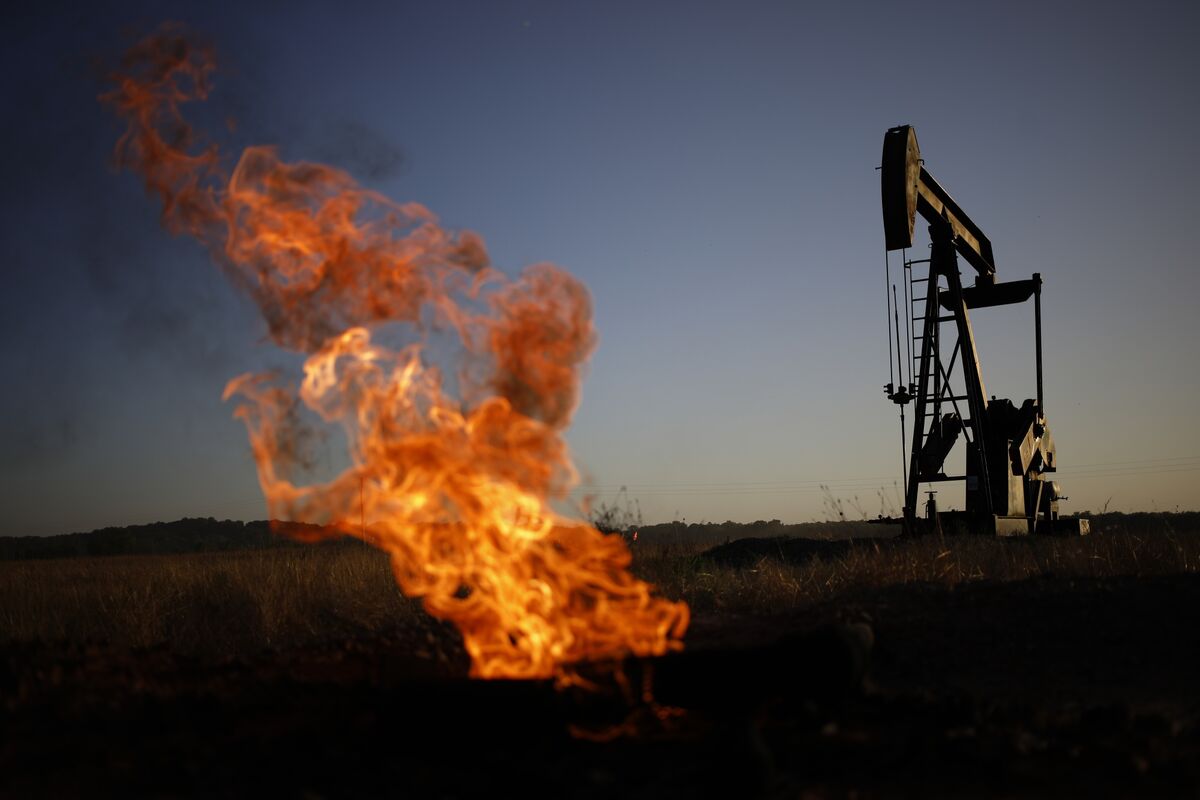The Indian Space Research Organisation (ISRO) was established by the Indian government in 1969. Since then, the ISRO has been part of 125 space missions with the launch of Aditya-L1 being their latest launch as well as India’s first mission to observe the sun.
Aditya is the Sanskrit word for “the sun” while L1 refers to LaGrangian point 1. Because of its size and distance to Earth, the sun has been a topic of research over the last few years.
Periodically, the star exhibits a phenomenon where mini explosions occur on the sun. These flares create disruptions within communication systems both in space and on Earth.
Aditya Solar wind Particle Experiment (ASPEX) and Plasma Analyser Package for Aditya (PAPA) are equipment that aid in analyzing solar winds and particles. This is used to give scientists a better understanding of the weather in space and how solar flares have an effect on the natural space climate.
Seven payloads are used to observe the chromosphere and the corona for flares and other activities regarding their use of energy. Three of the payloads study particles from the L1 point while the other four get direct views of the sun.
Aditya-L1 was launched from Sriharikota, an island off of the Bay of Bengal, on September 2nd at 2:20 AM EDT. On its orbit, the spacecraft will stay an average of 1.5 million km away from Earth’s surface.
The launch of Aditya L1 occurred only about a month after ISRO launched Chandrayaan-3, a spacecraft that landed on the moon’s surface. This launch made India the fourth country in the world to land on the moon and the second during the 21st century. India’s remarkable triumph in their space industry allows for the nation to further develop their research and development opportunities to help their population.








John Chacko • Dec 16, 2023 at 8:02 am
That is a wonderful story about the historic achievement of the Indian scientists. Kudos to Ivy Chacko for writing this article